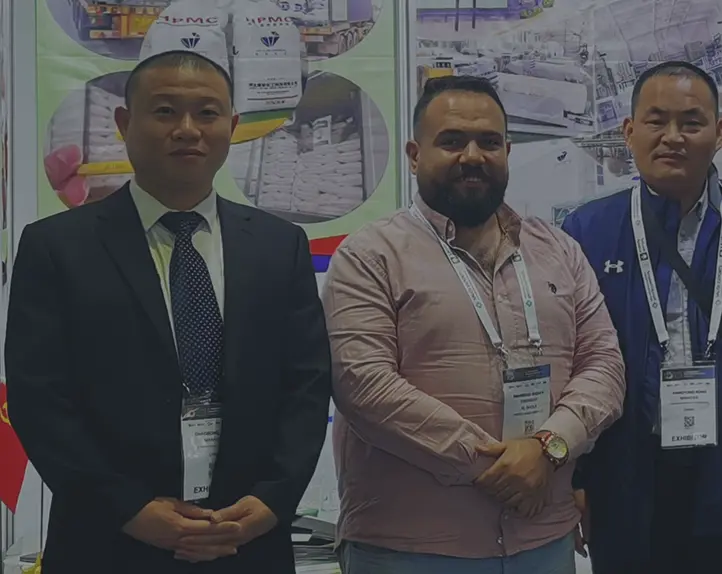
Sep . 04, 2024 07:06 Back to list
hpmc types
Understanding HPMC Types A Comprehensive Overview
Hydroxypropyl Methylcellulose (HPMC) is a versatile cellulose ether widely used in various industries due to its unique properties. HPMC is produced by the chemical modification of cellulose, resulting in a product characterized by its solubility in water, viscosity, and film-forming abilities. These properties make HPMC a popular choice in applications ranging from pharmaceuticals and food to construction and personal care products. Understanding the different types of HPMC is crucial for selecting the appropriate grade for specific applications.
Types of HPMC
HPMC comes in various types, primarily classified based on their viscosity, degree of substitution, and solubility. The viscosity of HPMC can range from low to high, which affects the texture and stability of formulations. For example, low-viscosity grades are often employed in products requiring quick film formation, whereas high-viscosity grades are utilized in applications where thickening or gelling is desired.
1. Low Viscosity HPMC This type typically has a viscosity range of 3,000 to 10,000 mPa·s. It's commonly used in products like coatings and as a binder in tablets due to its ability to dissolve quickly and form a smooth film. Low viscosity HPMC is ideal for applications requiring rapid dissolution and minimal gel formation.
2. Medium Viscosity HPMC With a viscosity range from 10,000 to 50,000 mPa·s, medium viscosity grades strike a balance between thickening and film-forming properties. They are extensively used in both pharmaceutical formulations and personal care products, like lotions and creams, where moderate thickness is essential for product performance and user experience.
hpmc types

3. High Viscosity HPMC High viscosity grades, generally exceeding 50,000 mPa·s, are used when a significant thickening effect is required. This type is often found in applications such as adhesives and construction materials, where enhanced stability and viscosity are crucial for performance. The thickening ability of high viscosity HPMC also makes it suitable for gel formulations in dietary products.
Applications of HPMC
The multifaceted nature of HPMC allows it to be applied across various sectors. In the pharmaceutical industry, HPMC is utilized as a tablet binder, film-forming agent, and controlled-release excipient. The food industry leverages HPMC as a thickening and stabilizing agent in sauces, dressings, and gluten-free products, enhancing texture and appearance. Additionally, in personal care, HPMC is used in lotions and shampoos to provide a pleasing consistency and stability.
In construction, HPMC serves as a crucial ingredient in cement and gypsum-based products, improving workability and reducing water absorption. Its versatility extends to the production of biodegradable plastics, paving the way for sustainable alternatives.
Conclusion
In summary, the various types of HPMC cater to a wide array of needs across multiple industries. Understanding these grades' differences in viscosity and application will allow formulators to select the most appropriate type for their specific requirements. Whether enhancing stability in pharmaceuticals or improving texture in food products, HPMC continues to be a critical additive in modern formulation science, making it an essential material in today’s diverse manufacturing landscape.
-
Versatile Hpmc Uses in Different Industries
NewsJun.19,2025
-
Redispersible Powder's Role in Enhancing Durability of Construction Products
NewsJun.19,2025
-
Hydroxyethyl Cellulose Applications Driving Green Industrial Processes
NewsJun.19,2025
-
Exploring Different Redispersible Polymer Powder
NewsJun.19,2025
-
Choosing the Right Mortar Bonding Agent
NewsJun.19,2025
-
Applications and Significance of China Hpmc in Modern Industries
NewsJun.19,2025







